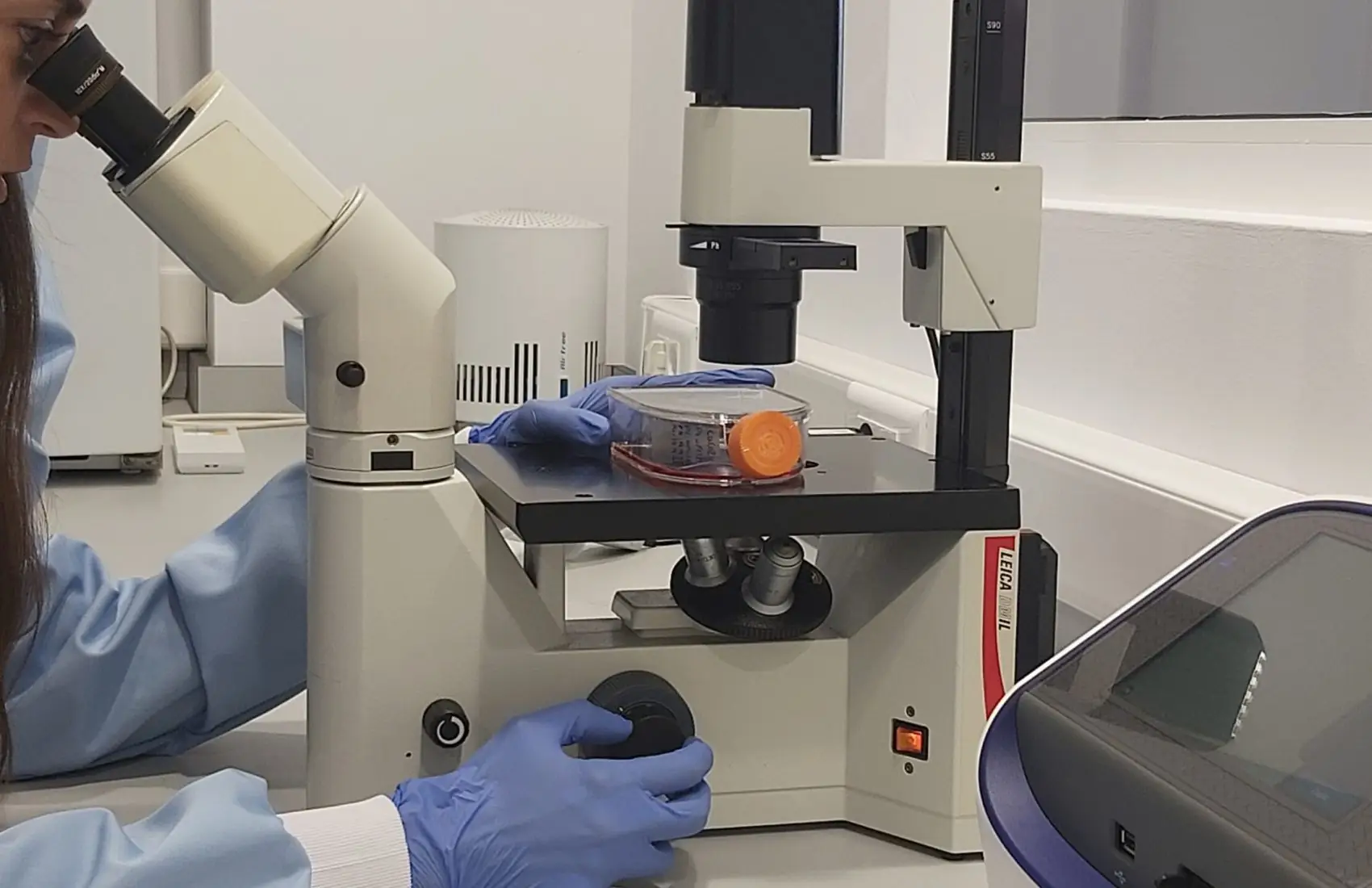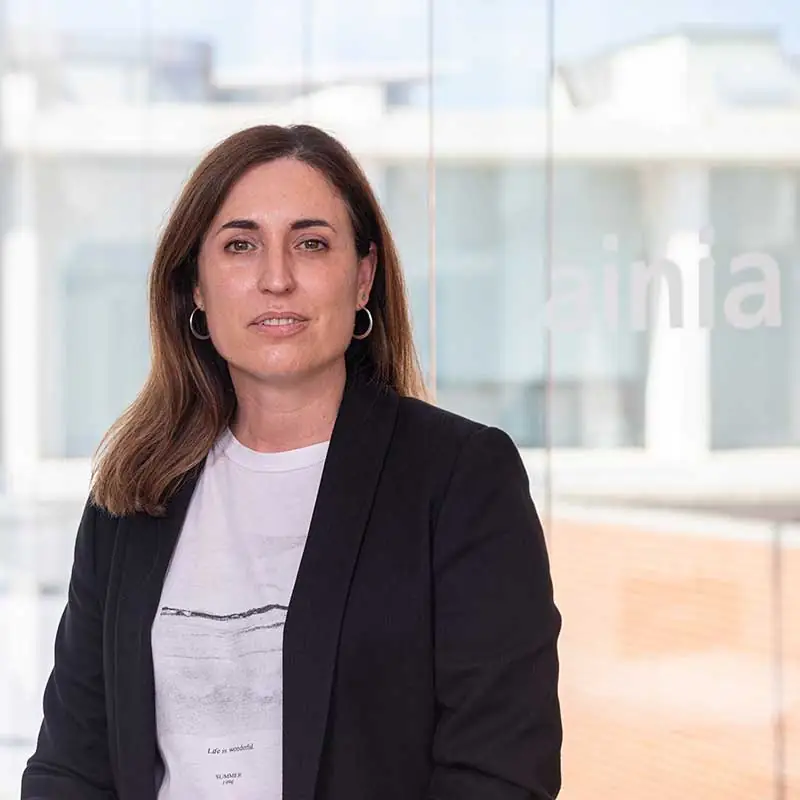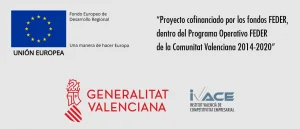In the framework of the FIVEX project, AINIA has designed a purification and separation system for extracellular vesicles, scalable to an industrial level. This type of process could enable their use as functional ingredients in the food or cosmetics industry, among others.
For this purpose, extracellular vesicles from three different sources have been selected for their characteristics and potential functionality: a probiotic microorganism of the Lactobacillus genus, mandarin plant cells, and a human cell line (hepatic). ‘We have worked on the optimization of vesicle purification methods by chromatography, a system that allows the isolation of vesicles on an industrial scale without affecting their integrity and functionality,’ according to Elías Hurtado from AINIA’s Biotechnology department.
On the other hand, as explained by Laura Soriano from AINIA’s Biotechnology department, ‘these vesicles offer many possibilities as functional ingredients that could be incorporated into beverages or other types of foods, cosmetic creams, or as active ingredients in capsules or other formats, to give some examples. However, for each case, further research must be carried out to find the best alternative to maintain the technical and economic viability of the process.‘
Extracellular vesicles as an innovative ingredient for the industry
Extracellular vesicles, small structures surrounded by a membrane produced by cells of any organism, are a representation of the cell they originate from and serve to communicate with other cells, organs, or tissues of the organism, transporting bioactive substances. This function holds great potential in the field of health, for use in disease diagnosis, as a bioactive asset, or as a drug delivery system or carrier if another molecule of interest is introduced. But it also opens up great possibilities for the food or cosmetics industry.
In medicine, methodologies for separating extracellular vesicles have been applied using technologies that are not scalable at an industrial level. Additionally, they often achieve high purity but low yields, making them unprofitable. “The optimization and validation of methods that allow the processing and obtaining of a greater volume of extracellular vesicles while maintaining their functionality provide a useful tool for exploring these applications in different industrial sectors,” highlighted Laura Soriano.
All cells (including bacteria, plant cells, or human cells) are sources of these types of vesicles, allowing for the exploration of multiple functionalities. However, as Laura Soriano explained, “being such an innovative ingredient in this field, it is necessary to consider aspects such as: ensuring that its large-scale production is profitable, characterizing the content of the obtained extracellular vesicles, and optimizing appropriate storage conditions to maintain their long-term stability.”
As Laura Soriano (from AINIA) explained within the framework of the FIVEX project, “we have evaluated and applied different isolation methods that allow for the scaling of the process of separating extracellular vesicles from various sources, while also characterizing their biological effect.“
The FIVEX project is supported by the Valencian Institute of Business Competitiveness (IVACE) with co-financing from the European Union through the European Regional Development Fund (ERDF).





